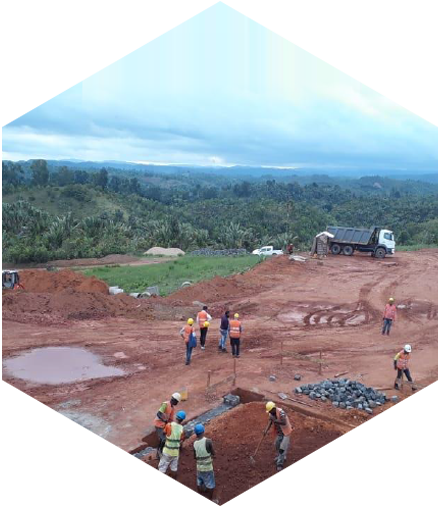Tirupati Graphite growth and momentum to continue (LON:TGR)
Tirupati Graphite plc (LON:TGR) Executive Chairman and Managing Director Shishir Poddar caught up with DirectorsTalk for an exclusive interview to discuss hitting production targets and what it’ll mean for the business, meeting demand, key drivers in global demand, a new column flotation system and the progress of the graphite & graphene research centre. Q1: By … Continue reading Tirupati Graphite growth and momentum to continue (LON:TGR)
